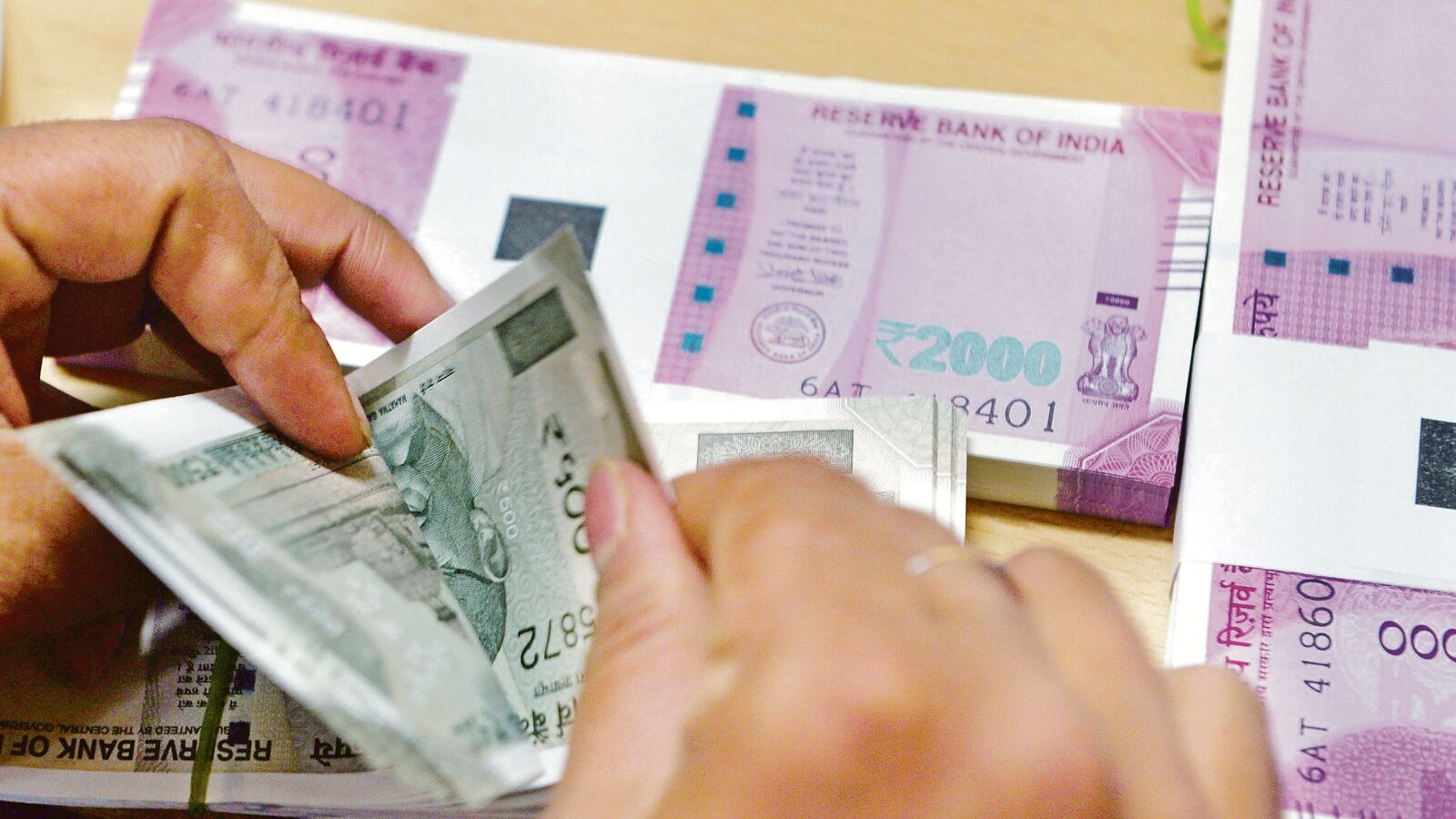India’s healthy economic growth potential and strong external indicators are supporting factors, while its fiscal health is a weak link. The government’s focus on infrastructure investment and economic reforms bodes well for the economy’s growth.
Our rating methodology is based on the broad pillars of economic structure and resilience, fiscal strength, external position and linkages, monetary and financial stability, and institutions and quality of governance.
Under each, we have relevant indicators that have a bearing on a sovereign’s credit profile. These indicators are quantitative as well as qualitative in nature.
Under the economic pillar, the parameters of size, income and growth matter. India has the unique advantage of being a large economy that is recording high growth. With China’s growth having moderated in the past few years, no other country falls in this bracket at this juncture.
Investment as a proportion of GDP is also important, as it offers an indication of the growth potential of an economy. For India, this ratio is relatively high at about 33%, compared with 20-29% for similarly-rated peers. The government’s focus on physical and digital infrastructure bodes well for growth.
Further, India has the advantage of a young population, while most developed economies (and even China) face a problem of ageing. However, the government’s preparedness to ensure this young population is productively employed would need to be monitored.
Under the economic pillar, India’s key weakness is its low per-capita income, which on a purchasing-power-parity basis is about $7,600. This is low compared with its Asian peers; Thailand’s is $18,218, Indonesia’s is $12,945 and the Philippines’ is $9,274.
Another weakness worth highlighting is India’s relatively low global competitiveness. The government’s focus on logistical infrastructure and measures to improve the ease of doing business should help improve India’s position on this parameter.
Fiscal health is India’s weakest pillar. General government debt (Centre plus states) is at around 80% of GDP. Moreover, the government has weak debt affordability, with its interest payments-to-revenue at a high of 25%.
For some other big economies, even with higher government debt, this ratio is lower because of lower interest rates and a larger revenue base. For instance, the US ratio is 17%, the UK’s 11% and Japan’s 4%. For similarly-rated peers too, this ratio is in the range of 7-14%.
The supporting factor for the fiscal pillar is that the government’s debt-to-GDP ratio is likely to follow a downward trajectory. With fiscal consolidation and expectations of healthy GDP growth, we expect this ratio for India to fall to 73.5% by 2035.
Also read: Mint Quick Edit | Will S&P upgrade India’s awkward credit rating?
While this would still be higher than the pre-pandemic average of 69% (from 2014-15 to 2018-19), the noteworthy aspect is India’s declining path at a time when the world’s debt-to-GDP ratio is projected to rise.
The other big support for this pillar is that a large part of this government debt (more than 95%) is domestic in nature. This reduces the vulnerability of the economy to external shocks.
Another critical aspect that we consider is a country’s default history, as economies that have defaulted in the past have a higher chance of defaulting again.
Economies like Argentina, Ecuador, Greece and Indonesia have defaulted repeatedly. However, India has never defaulted and that is a reflection of its shock-absorption capacity and debt repayment culture.
The external-position pillar is a strength for the economy. India’s external debt-to-GDP is around 19%, lower than similarly-rated peers.
For instance, Mexico’s ratio is 44%, while Peru’s is 35%, Indonesia’s is 34% and that of the Philippines is 27%.
Moreover, India’s short-term debt is low, which keeps its external funding ratio (short-term external payments in proportion to external receipts) comfortable at 1.3.
India has healthy foreign exchange reserves of about $700 billion, covering 10 months of imports. Going forward, India’s current account deficit is expected to remain in a range of 1-2% of GDP, supported by a healthy services trade surplus and strong remittances.
India also enjoys a stable monetary and financial system. Consumer inflation in India is within the Indian central bank’s target range of 2-6%. The banking sector is in good health, with a significant reduction in gross non-performing assets (GNPAs) to 2.8% of gross advances in 2023-24 from 11.2% in 2017-18.
The country has healthy legislative and executive institutions, with strong regulatory bodies. However, India’s judicial system remains slow, given its large backlog of legal cases.
To conclude, India has emerged as a reform-oriented economy, with an increased focus on improving its global competitiveness. Political stability has helped improve the government’s effectiveness in policy implementation.
The country’s sustained high growth, sharp improvement in physical and digital infrastructure, robust external sector and stable financial sector give us confidence in the government’s credit profile.
#Indias #sovereign #credit #profile #certainly #improved #Heres



